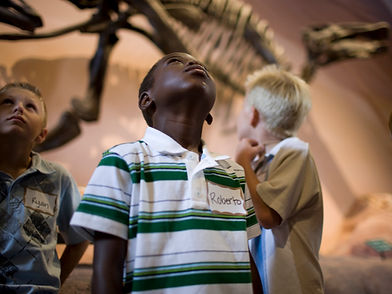
LEARNING
DISABILITIES
The Big 3...ADHD, ADD, Dyslexia
Attention Deficit Hyperactivity Disorder
Characteristics
-
fidgets with hands or feet, squirms in seat
-
restless, often leaves seat in classroom
-
runs around or climbs excessively
-
is always “on the go”,acts as if “driven by a motor”
-
talks excessively, hyper-talkative
-
acts without thinking, starts tasks before listening to, or reading, directions,
-
blurts out answers before the question has been completed
-
difficulty waiting their turn, interrupts or intrudes on others, butts into conversations or games
-
impulsive, doesn't think through the consequences, no concept of cause and effect
Possible Retained Primitive Reflexes
-
Moro Reflex
-
Spinal Galant Reflex
-
Symmetrical Tonic Neck Reflex
-
Tonic Labyrinthine Reflex
Brain Hemisphere Imbalance - ADHD is often characteristic of a right brain deficiency.
ADHD


ADD
Attention Deficit Disorder (without the hyperactivity)
Characteristics
-
fails to give close attention to details, makes careless mistakes in schoolwork
-
easily distracted, has difficulty paying attention in long to tedious tasks
-
does not seem to listen when spoken to directly, a daydreamer
-
struggles to follow through on instructions and to finish schoolwork
-
poor organization, messy desk/locker/bedroom, often loses things
-
forgetful, will complete assignments then not hand them in
-
needs to move, will squirm, tap fingers or toes, typically small movements, not disruptive
Possible Retained Primitive Reflexes
-
Moro Reflex
-
Spinal Galant Reflex
-
Automatic Gait Reflex
-
Tonic Labyrinthine Reflex
Brain Hemisphere Imbalance - ADD is often characteristic of a right brain deficiency.
Dyslexia Disorder
Characteristics of Dyslexia by age:
Young children will struggle with:
-
recognizing letters, matching letters to sounds and blending sounds into speech
-
pronouncing words, for example saying "mawn lower" instead of "lawn mower"
-
learning and correctly using new vocabulary words
-
learning the alphabet, numbers, and days of the week
-
rhyming
School-age children will struggle with:
-
mastering the rules of spelling
-
remembering facts and numbers
-
handwriting or gripping a pencil correctly
-
learning and understanding new skills; instead relying heavily on memorization
-
reading and spelling, such as reversing letters (d,b,w,m) or moving letters around (left,felt)
-
following a sequence of directions
-
trouble with word problems in math
Teenagers and adults will struggle with:
-
reading at the expected level
-
understanding non-literal language, such as idioms, jokes, or proverbs
-
reading aloud
-
organizing and managing time
-
trouble summarizing a story
-
learning a foreign language
-
memorizing information
Possible Retained Primitive Reflexes
-
Moro Reflex
-
ASymmetrical Tonic Neck Reflex
-
Tonic Labyrinthine Reflex
Brain Hemisphere Imbalance - Dyslexia is often characteristic of a left brain deficiency.
DYSLEXIA

